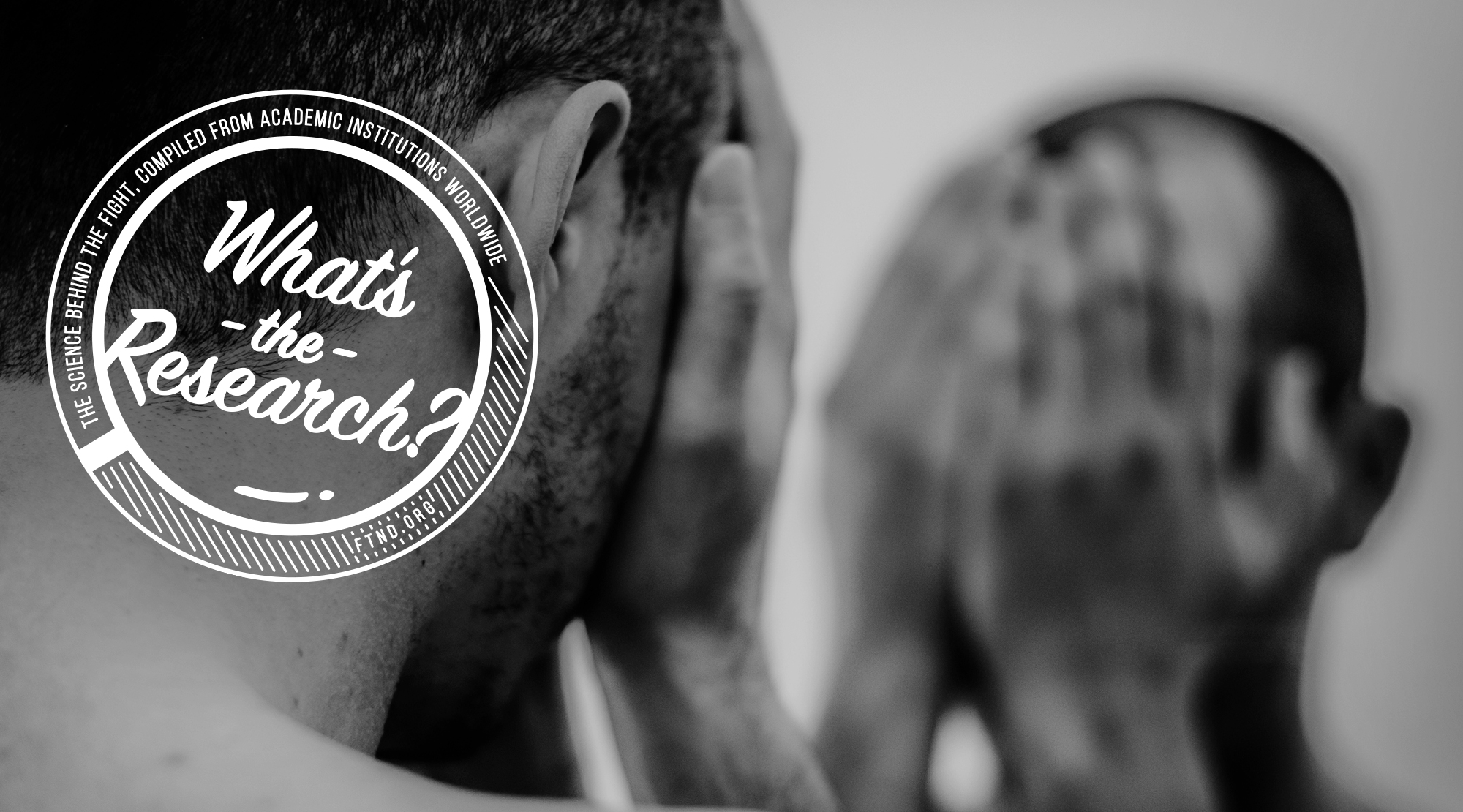Decades of studies from respected academic institutions, have demonstrated significant impacts of porn consumption for individuals, relationships, and society. "What’s the Research" aims to shed light on the expanding field of academic resources that showcase porn’s harms in a variety of ways. Below are selected excerpts from published studies on this issue.
The full study can be accessed here.
No harm in looking, right? Men’s pornography consumption, body image, and well-being
Author: Tylka, T.
Published 2015
Abstract
Many scholars have recognized and studied the links between various sources of appearance-related pressure (e.g., media and interpersonal pressures to be mesomorphic) and men’s body image and well-being. Pornography is another medium of appearance-related pressure that is very rarely considered in this research.
Methods
The present study incorporated pornography use into 2 models of men’s body image and 1 model of men’s interpersonal and emotional well-being. College men (N = 359) rated how often they viewed pornography and also completed measures of general media and interpersonal pressures to be mesomorphic, internalization of the mesomorphic ideal, body monitoring, body image (i.e., muscularity and body fat dissatisfaction, body appreciation), anxiety and avoidance within romantic relationships, and emotional well-being (i.e., positive and negative affect).
Results
Path analyses revealed that men’s frequency of pornography use was (a) positively linked to muscularity and body fat dissatisfaction indirectly through internalization of the mesomorphic ideal, (b) negatively linked to body appreciation directly and indirectly through body monitoring, (c) positively linked to negative affect indirectly through romantic attachment anxiety and avoidance, and (d) negatively linked to positive affect indirectly through relationship attachment anxiety and avoidance.
General media and interpersonal pressures to be mesomorphic also made unique contributions within the models. These findings highlight the need to more comprehensively examine men’s pornography use and the implications of this use for their psychological health. Given these findings, counselors may want to examine how pornography use may be linked to their male clients’ body-related, relational, and emotional well-being.

